1895
H.G. Wells publishes the novel 'The Time Machine', introducing the concept of time travel via a machine. This becomes one of the earliest and most influential cultural references to time travel.
1905
Albert Einstein publishes his theory of special relativity, which revolutionises the understanding of time and space. His theory suggests that time can be altered by speed, laying the groundwork for modern time travel theories.
1921
Physicist Hermann Minkowski expands on Einstein's work by introducing the idea of spacetime, a four-dimensional continuum where time is treated as another dimension of space.
1941
Madeleine L'Engle's novel 'A Wrinkle In Time' is published, bringing time travel to a younger audience through the concept of "tesseracts," or time and space folds.
1944
The Philadelphia Experiment allegedly involved the US Navy rendering a ship, the USS Eldridge, invisible and accidentally teleporting it to another time. Although widely regarded as a conspiracy theory with no solid evidence, it remains one of the most famous stories of supposed time manipulation.
1949
Mathematician Kurt Gödel suggests that if the universe is rotating, then it might be possible to travel along closed time loops, theoretically allowing for time travel. His ideas stem from Einstein’s general theory of relativity.
1963
The BBC TV series 'Doctor Who' debuts, featuring The Doctor, a time-travelling alien. The show popularises the idea of time travel and becomes a cultural phenomenon, introducing millions to the concept of jumping through different points in time.
1971
Kurt Vonnegut publishes 'Slaughterhouse-Five', where the protagonist, Billy Pilgrim, becomes "unstuck in time" and experiences moments from his life out of sequence. This further popularises the concept of non-linear time in literature.
1975
Andrew D. Basiago claims he participated in Project Pegasus, a secret US government time travel experiment in the early 1970s. Basiago asserts he travelled through time and space as part of a DARPA initiative, which has become a popular conspiracy theory.
1980
The film 'Somewhere In Time', starring Christopher Reeve and Jane Seymour, is released. It explores time travel through self-hypnosis and becomes a cult classic, adding to popular interest in time travel romance stories.
1984
Ken Webster claims to have experienced communication with someone from the 16th century through his BBC Micro computer. Webster alleges that messages appeared on the screen from a man named "Lukas" living in 1546, and from a mysterious future entity called 2109.
1984
James Cameron's film 'The Terminator' introduces the idea of time travel being used to change the future by sending robots and humans back in time to prevent or cause significant events. It influences a generation of time travel films with its paradoxical timelines.
1985
Robert Zemeckis's film 'Back To The Future' is released, becoming one of the most iconic time travel movies. It explores the idea of altering past events to influence the present and future, raising awareness of time travel paradoxes in popular culture.
1992
Physicist Kip Thorne proposes that wormholes, a theoretical tunnel through spacetime, could be used for time travel. He suggests that by manipulating a wormhole, a person could travel to the past or the future, giving scientific credibility to time travel in theory.
1998
The cult film 'Donnie Darko' explores time loops, alternate realities, and mental health, becoming a fan favourite for its complex portrayal of time travel and destiny.
1999
J.K. Rowling's 'Harry Potter & The Prisoner Of Azkaban' is published, introducing readers to time travel through the magical device known as the "time turner." Hermione Granger uses it to attend multiple classes at once, but later, she and Harry Potter use it to alter past events without creating paradoxes. The book is celebrated for its clever and tightly woven time travel narrative, often considered one of the best uses of time travel in modern storytelling.
2000
A man claiming to be John Titor appears on internet forums, asserting he is a time traveller from 2036. Titor shares detailed "predictions" about future events that never occur, becoming one of the most famous time travel hoaxes in the digital age.
2001
Physicist Ronald Mallett proposes a time machine design using rotating lasers to twist spacetime. While it has yet to be realised, his work is one of the few serious scientific efforts aimed at time travel, and he remains one of the most prominent voices advocating for its possibility.
2004
The indie film 'Primer', directed by Shane Carruth, is released. Known for its incredibly complex portrayal of time travel, the film uses overlapping and recursive timelines, making it one of the most confusing and debated time travel movies ever made.
2009
Physicist Stephen Hawking holds a time traveller party but only sends out the invitations after the event takes place. No guests arrive, which Hawking uses to suggest that time travel to the past is unlikely or impossible, though the event remains a fun and famous experiment.
2014
Christopher Nolan’s film 'Interstellar' explores time dilation, black holes, and relativity, blending real scientific principles with speculative fiction. The movie is praised for its accurate portrayal of time dilation due to gravity.
2017-2019
A YouTuber known as "Noah" gains attention by claiming to be a time traveller from the year 2030. Noah shares a series of videos where he makes predictions about future events and technology. In 2019 the creator of the videos came clean and revealed them to be a hoax.
2018
A study by physicists at the Moscow Institute of Physics and Technology (MIPT) claims to have simulated a form of "time reversal" in a quantum system. While not time travel in the classical sense, it offers insight into how time might be manipulated at the quantum level.
2020
Christopher Nolan releases 'Tenet', a film about "time inversion" where characters manipulate the flow of time in reverse. The film continues the trend of blending science fiction with real-world theoretical physics regarding time.
2020-2021
Several TikTok users claim to be time travellers, sharing cryptic "predictions" about future events. While these claims are largely seen as hoaxes, they become viral, continuing the tradition of online time travel lore.
2022
Although an animated film aimed at kids, Disney's 'Lightyear' features one of the most scientifically accurate portrayals of time travel in any film. The movie features time dilation, a real phenomenon where time passes differently for individuals travelling at near-light speed compared to those at rest. As Buzz Lightyear embarks on space missions, he experiences time at a slower rate than people back on the planet, a concept grounded in Einstein’s theory of relativity. This portrayal brings a rare, accurate depiction of time dilation into mainstream cinema, a concept generally ignored by franchises like 'Star Wars' and 'Star Trek'.
2023
NASA's experiments involving astronauts and time perception demonstrate the effects of space travel on biological time. While it doesn't involve actual time travel, it highlights how our understanding of time can change in space environments.
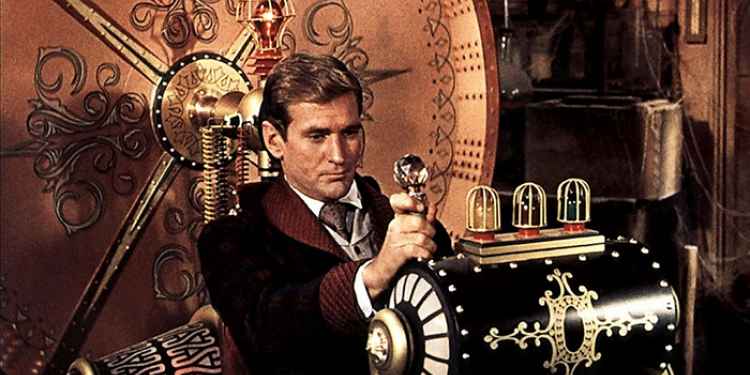

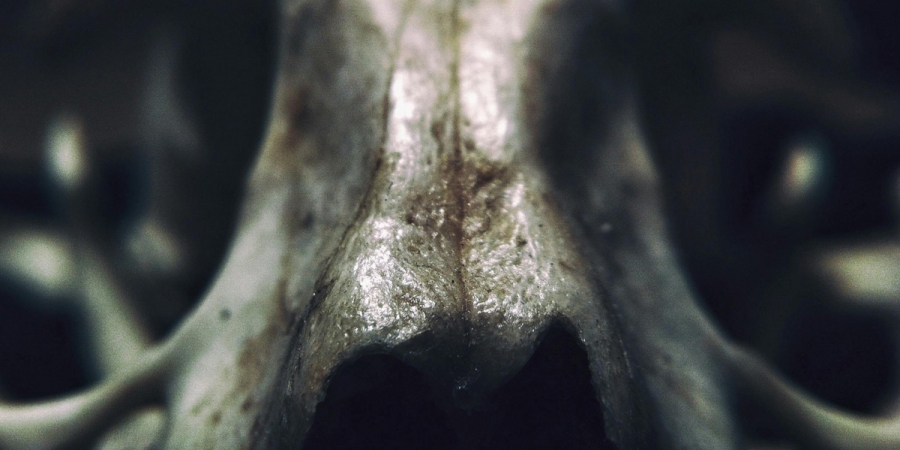
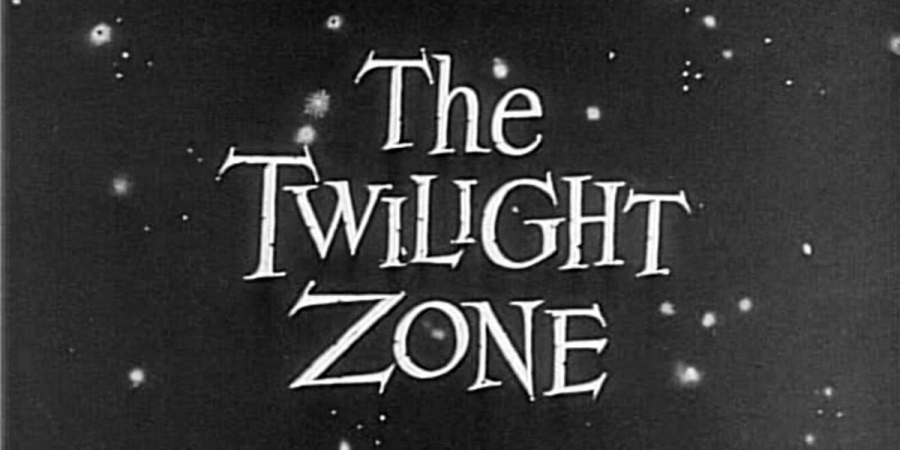
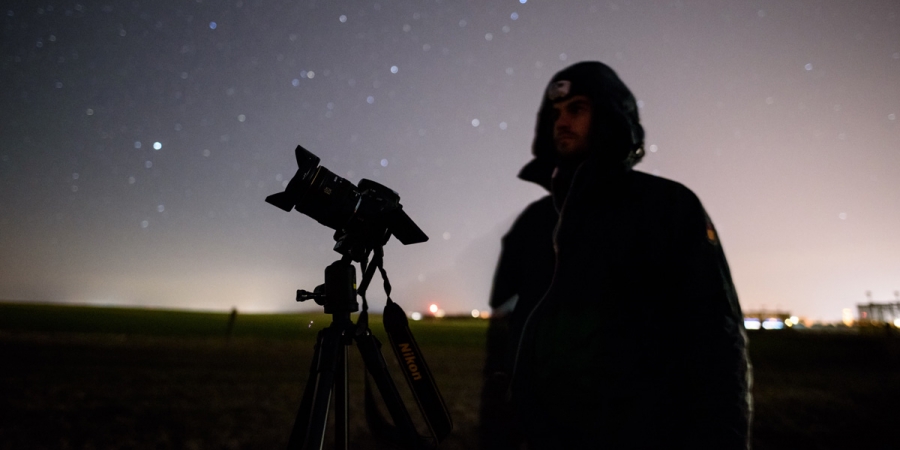
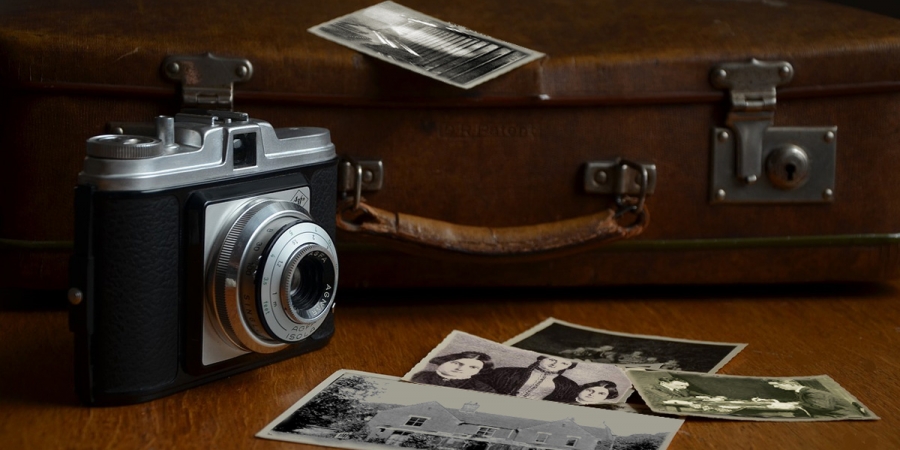

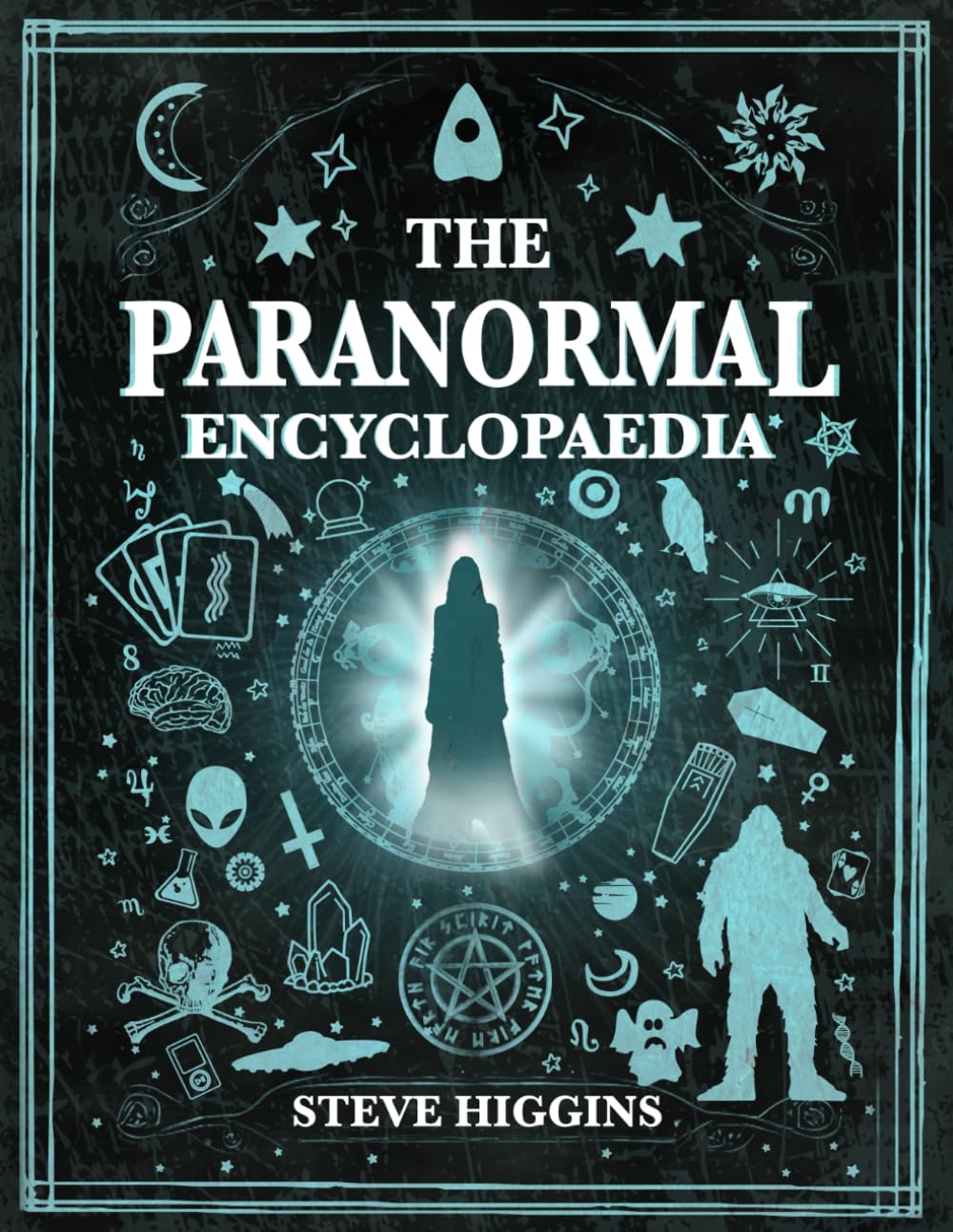




 See More on Audible
See More on Audible
Comments
Want To Join The Conversation?
Sign in or create an account to leave a comment.
Sign In
Create Account
Account Settings
Be the first to comment.